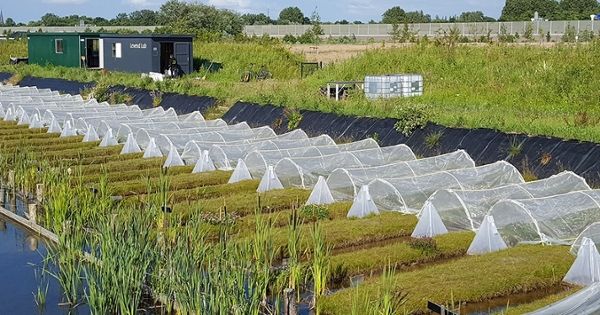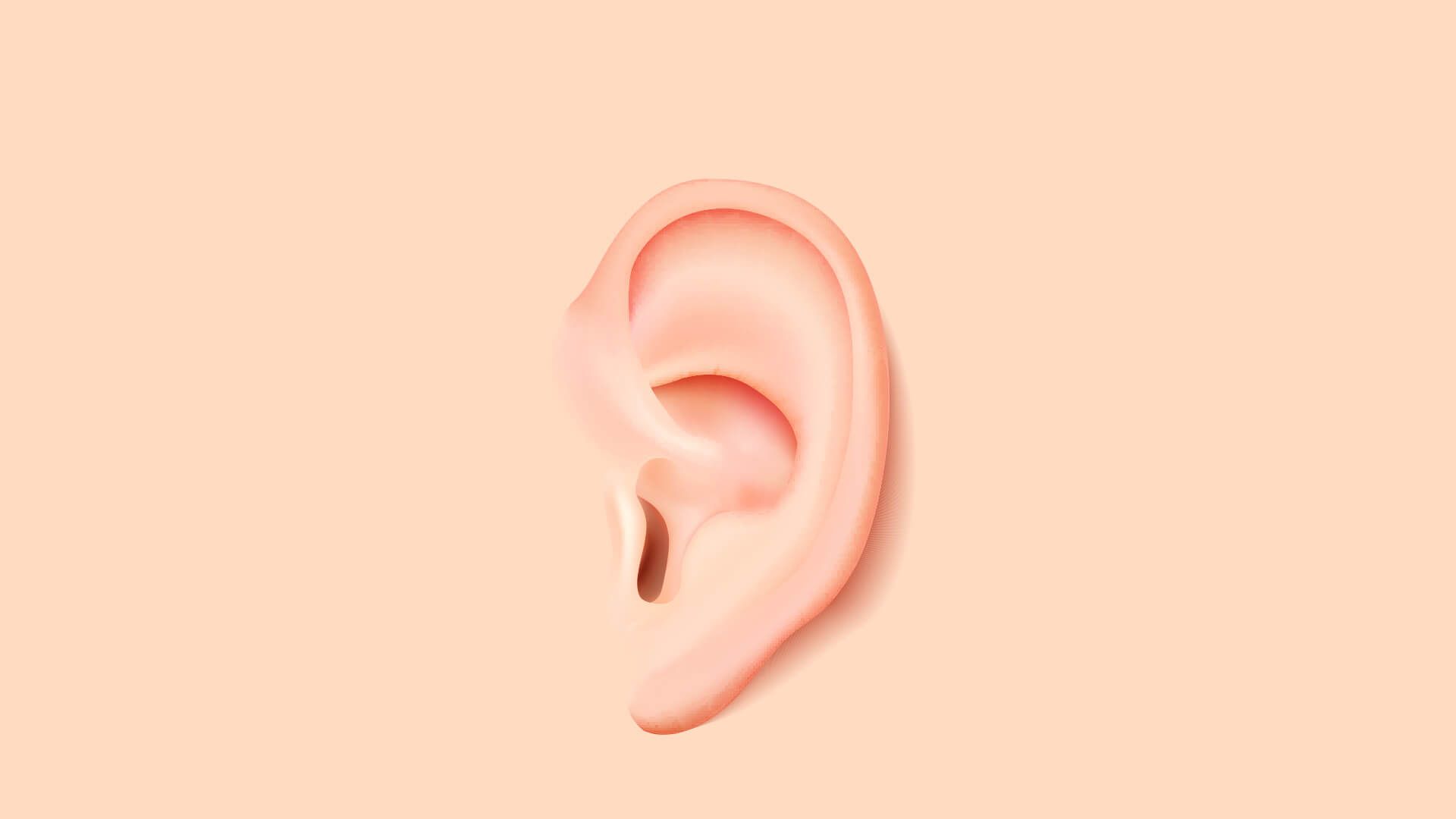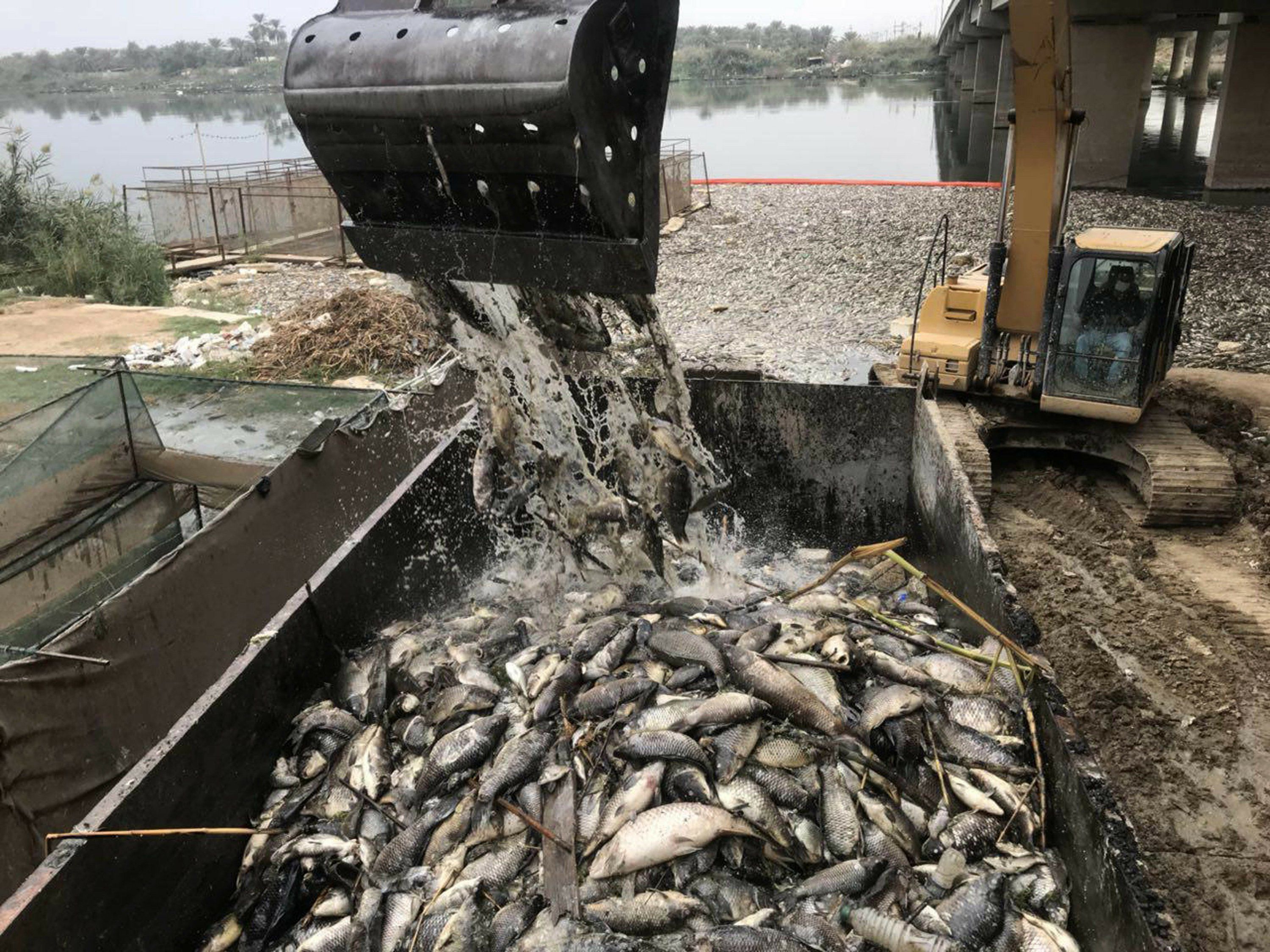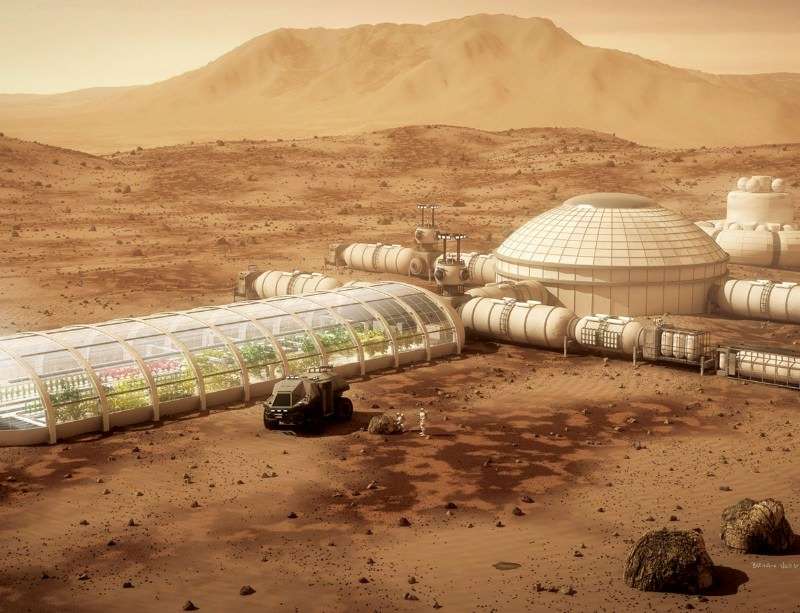This might be a big win for low-carb devotees.



The company-funded animal test was performed to ascertain how neural development is affected by the pesticide chlorpyrifos, which is used on a wide variety of crops around the world, including some 20 EU countries. The test laboratory concluded that there was no such effect, even at high doses.
Academic researchers have examined raw data from a company-funded safety evaluation of the pesticide chlorpyrifos. They discovered an effect on the brain architecture of the exposed laboratory animals at all tested doses, which was not included in the reported conclusions. Karolinska Institutet in Sweden led this independent study, which is published in the scientific journal Environmental Health.
All pesticides must be evaluated in terms of their safety and potential risks for human health before they can officially be approved. Normally the companies that manufacture the products cover the cost of such evaluations and commission test laboratories to perform the necessary animal tests.
Assistant professor Axel Mie at Karolinska Institutet, Christina Rudén at Stockholm University and Philippe Grandjean at Harvard School of Public Health have examined a case in which independent research and company-funded tests deviated, at least in terms of the conclusions drawn in the industry-funded study.

Chemical substances and nanomaterials are processed on a massive scale in diverse products, while their risks have not been properly assessed. Time and again synthesised substances have been shown to pollute the environment more than lab tests predicted. This is the warning given by Professor of Ecotoxicology Martina Vijver from Leiden University in her inaugural lecture on 16 November.
Laboratory tests are inadequate, according to Vijver, because they do not imitate a complete ecosystem. In her inaugural lecture she will discuss in greater detail two examples of substances where more realistic research is needed: agricultural toxins and nanoparticles. ‘But the same can be said for many other groups of substances, such as antibiotics, plasticizers and GenX.’

Inspiration for game-changing science can seemingly come from anywhere. A moldy bacterial plate gave us the first antibiotic, penicillin. Zapping yeast with a platinum electrode led to a powerful chemotherapy drug, cisplatin.
For Dr. Andrew Pelling at the University of Ottawa, his radical idea came from a sci-fi cult classic called The Little Shop of Horrors. Specifically, he was intrigued by the movie’s main antagonist, a man-eating plant called Aubrey 2.
What you have here is a plant-like creature with mammalian features, said Pelling at the Exponential Medicine conference in San Diego last week. “So we started wondering: can we grow this in the lab?”

We as human have to live with a lot of unfortunate realities, including the fact that a lot of the things we love end up being bad for us. We all know by now that if we binge on tasty treats too much we’ll end up eating ourselves into an early grave, but in recent years it’s become increasingly clear that coffee, a well known vice of millions and millions of people, is actually pretty good for you.
Recent studies have shown that being a regular coffee drinker can reduce your risk of all kinds of ailments, including heart attack and stroke. Now, a new research effort reveals that dark roast coffee is particularly good at warding off some nasty brain conditions, including Alzheimer’s and Parkinson’s disease.

The Netherlands exports more crops than almost any other country in the world and places a lot of value on sustainable, eco-friendly agriculture.

Expert Panel Host: Dr Brian Clement
Conference Held at Adelphi University 2013.
(A podcast version of this video is available on iTunes.)
• Brian Clement — Learn how to transform your lifestyle from toxic and self-destructive to healthful and self-affirming, and experience renewed energy and vitality that will last a lifetime.
• Hippocrates Institute director, Brian Clement shows how the Hippocrates LifeForce program implements the use of raw living foods to help people maintain a healthful weight and stimulate natural immune defenses for other chronic illnesses.
• Discover how to develop the positive frame of mind that supports good health, learn how to make the transition to eating raw living foods at home, while dining out, and when traveling.
• Learn how you can make informed decisions about the products you buy, and to disentangle yourself from unhealthy products.
• Our bodies: High levels of hormone-disrupting chemicals from cosmetics, flame-retardants from clothing and furniture, even long-banned substances like DDT and lead, are consistently showing up in human blood samples.

HINDIYAH, Iraq (AP) — Iraqi officials and fishermen are at a loss to explain how hundreds of tons of carp have suddenly died in fish farms in the Euphrates River, fueling anxieties about soaring water pollution.
Local authorities used excavators to skim dead fish from the river surface near the town of Hindiyah, 80 kilometers (50 miles) south of Baghdad, where residents and local farmers have long complained about substandard water management.
The fish were being farmed in cages for sale in domestic markets, where grilled carp is considered a national dish, called masgouf.


The Mars Society is holding a special contest called The Mars Colony Prize for designing the best plan for a Mars colony of 1000 people. There will be a prize of $10,000 for first place, $5,000 for second and $2500 for third. In addition, the best 20 papers will be published in a book — “Mars Colonies: Plans for Settling the Red Planet.”
The Mars colony should be self-supporting to the maximum extent possible – i.e. relying on a minimum mass of imports from Earth. In order to make all the things that people need on Earth takes a lot more than 1000 people, so you will need to augment both the amount and diversity of available labor power through the use of robots and artificial intelligence. You will need to be able to both produce essential bulk materials like food, fabrics, steel, glass, and plastics on Mars, and fabricate them into useful structures, so 3D printing and other advanced fabrication technologies will be essential. The goal is to have the colony be able to produce all the food, clothing, shelter, power, common consumer products, vehicles, and machines for 1000 people, with only the minimum number of key components, such as advanced electronics needing to be imported from Earth.
As noted, imports will always be necessary, so you will need to think of useful exports – of either material or intellectual products that the colony could produce and transport or transit back to Earth to pay for them. In the future, it can be expected that the cost of shipping goods from Earth to Mars will be $500/kg and the cost of shipping goods from Mars to Earth will be $200/kg. Under these assumptions, your job is to design an economy, cost it out, and show that after a certain initial investment in time and money, that it can become successful.